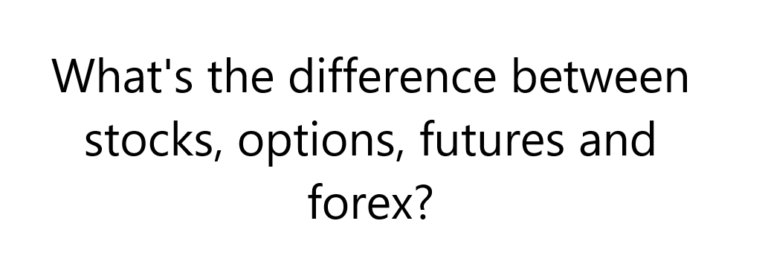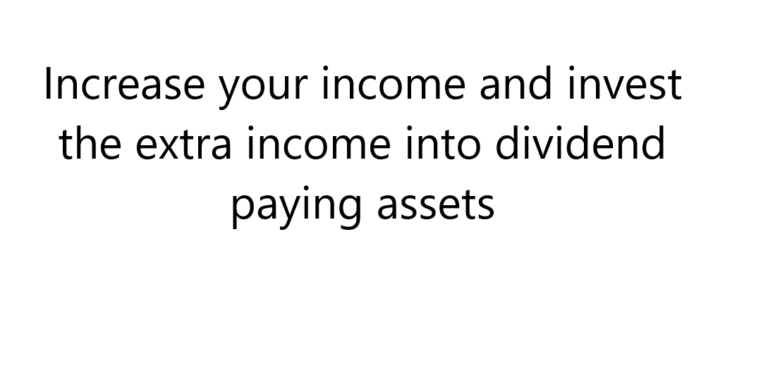Invest for Yield, Not Price or Dividends: How to Grow Your Wealth Over Time
Invest for Yield, Not Price or Dividends: How to Grow Your Wealth Over Time. Most investors focus on the price of an investment when making their decisions. They want to buy low and sell high. But what if there was a better way to invest? What if you could focus on yield instead?

Invest for Yield, Not Price or Dividends: How to Grow Your Wealth Over Time
Yield is the amount of income an investment generates, expressed as a percentage of its price. It can come from dividends, interest, or rent. When you invest for yield, you are essentially buying an income stream. This can be a much more reliable way to grow your wealth over time than focusing on price.
In this blog post, I will explain why you should invest for yield, not price or dividends. I will also discuss some of the best investments for yield.
Why Invest for Yield?
There are several reasons why you should invest for yield.
First, yield is a more reliable way to generate income than price appreciation. The price of an investment can go up and down, but yield is more stable. This means that you can count on your investments to generate income even during market downturns.
Second, yield can help you grow your wealth over time. When you reinvest your dividends or interest, you are essentially buying more shares of the investment. This increases your ownership stake in the company and can lead to even higher yields in the future.
Third, yield can help you reduce your risk. When you invest in high-yield investments, you are essentially diversifying your portfolio. This can help you protect your wealth from market volatility.
What Are the Best Investments for Yield?
There are many different investments that can generate yield. Some of the most popular include:
- Dividend stocks: Dividend stocks are companies that pay out a portion of their profits to shareholders in the form of dividends. Dividend yields can range from 1% to 10% or more.
- Bonds: Bonds are loans that you make to a company or government. In return, you receive interest payments. Bond yields can range from 0% to 10% or more.
- Real estate: Real estate can generate income through rent payments. Rental yields can range from 2% to 10% or more.
- Certificates of deposit (CDs): CDs are savings accounts that offer a guaranteed interest rate for a set period of time. CD yields can range from 0.5% to 5% or more.
How to Choose the Right Investments for You
When choosing investments for yield, there are a few things you need to consider:
- Your risk tolerance: How much risk are you willing to take? Some investments, such as stocks, are more volatile than others, such as bonds.
- Your investment goals: What are you hoping to achieve with your investments? Are you saving for retirement, a down payment on a house, or something else?
- Your time horizon: How long do you have until you need to access your money?
How to Invest for Yield
Once you have chosen the right investments for you, you need to decide how to invest them. There are two main ways to invest for yield:
- Actively: You can actively manage your investments by buying and selling them as you see fit. This can be a more time-consuming and risky approach, but it can also give you more control over your portfolio.
- Passively: You can passively invest by investing in index funds or ETFs. This is a less time-consuming and risky approach, but it also gives you less control over your portfolio.
Conclusion
Investing for yield is a great way to grow your wealth over time. By focusing on income instead of price or dividends, you can create a more reliable and stable investment portfolio.
Thank you for reading this blog post. I hope you found it helpful.
You May Like: The Asymmetry of Risk and Reward: How to Find Opportunities with Big Gains and Small Losses
If you found this blog post helpful, please share it with your friends and followers.
Thank you again for reading!




